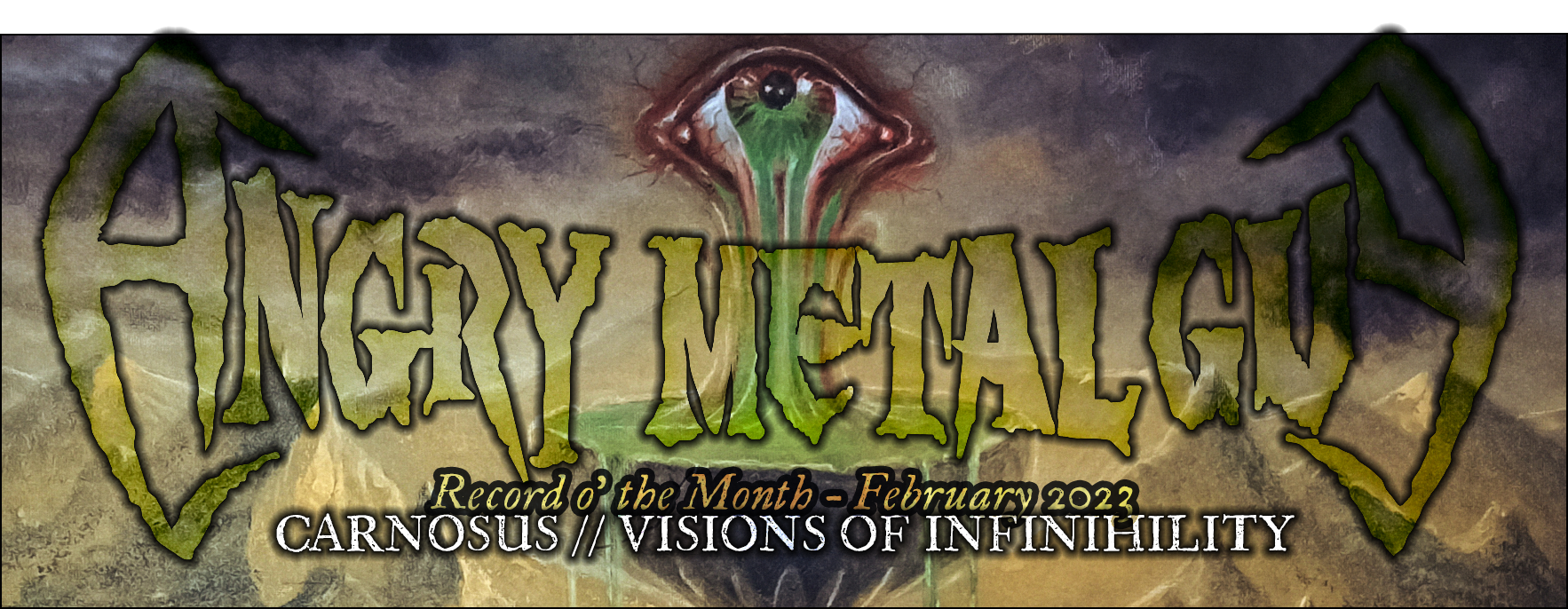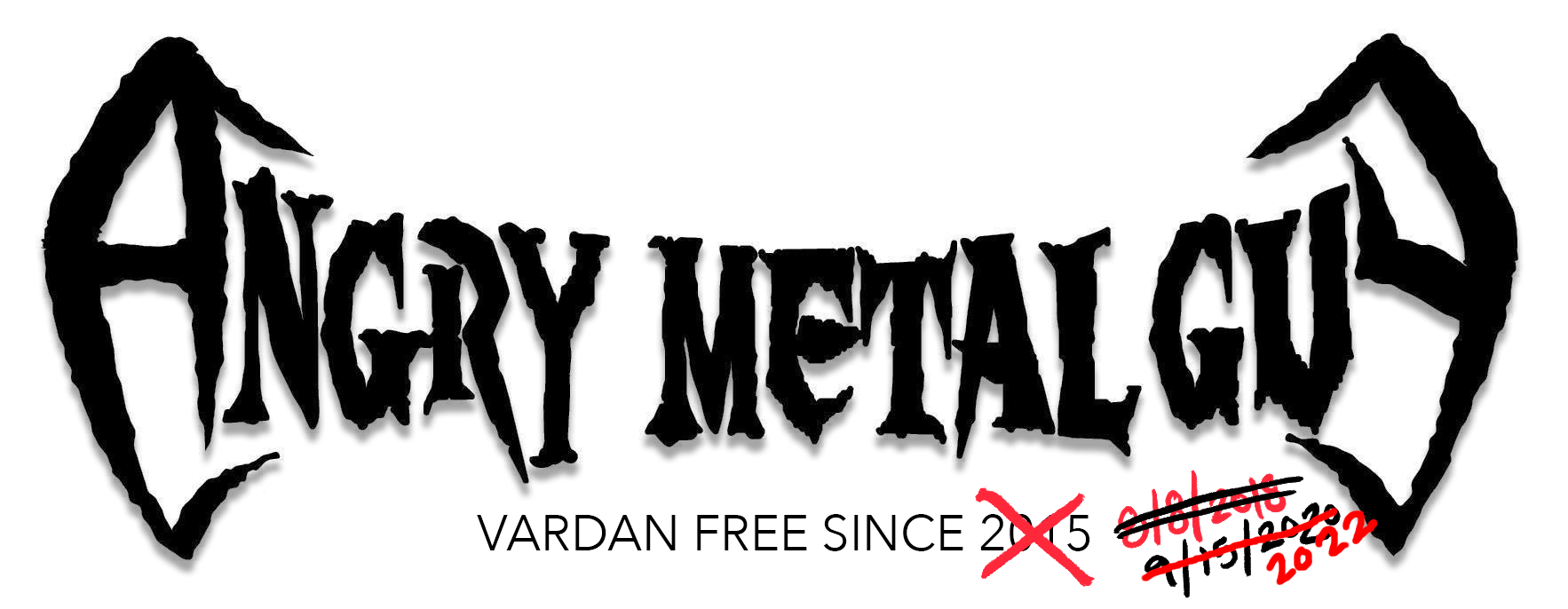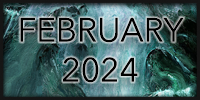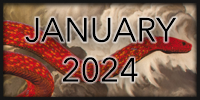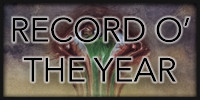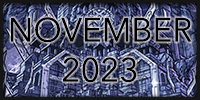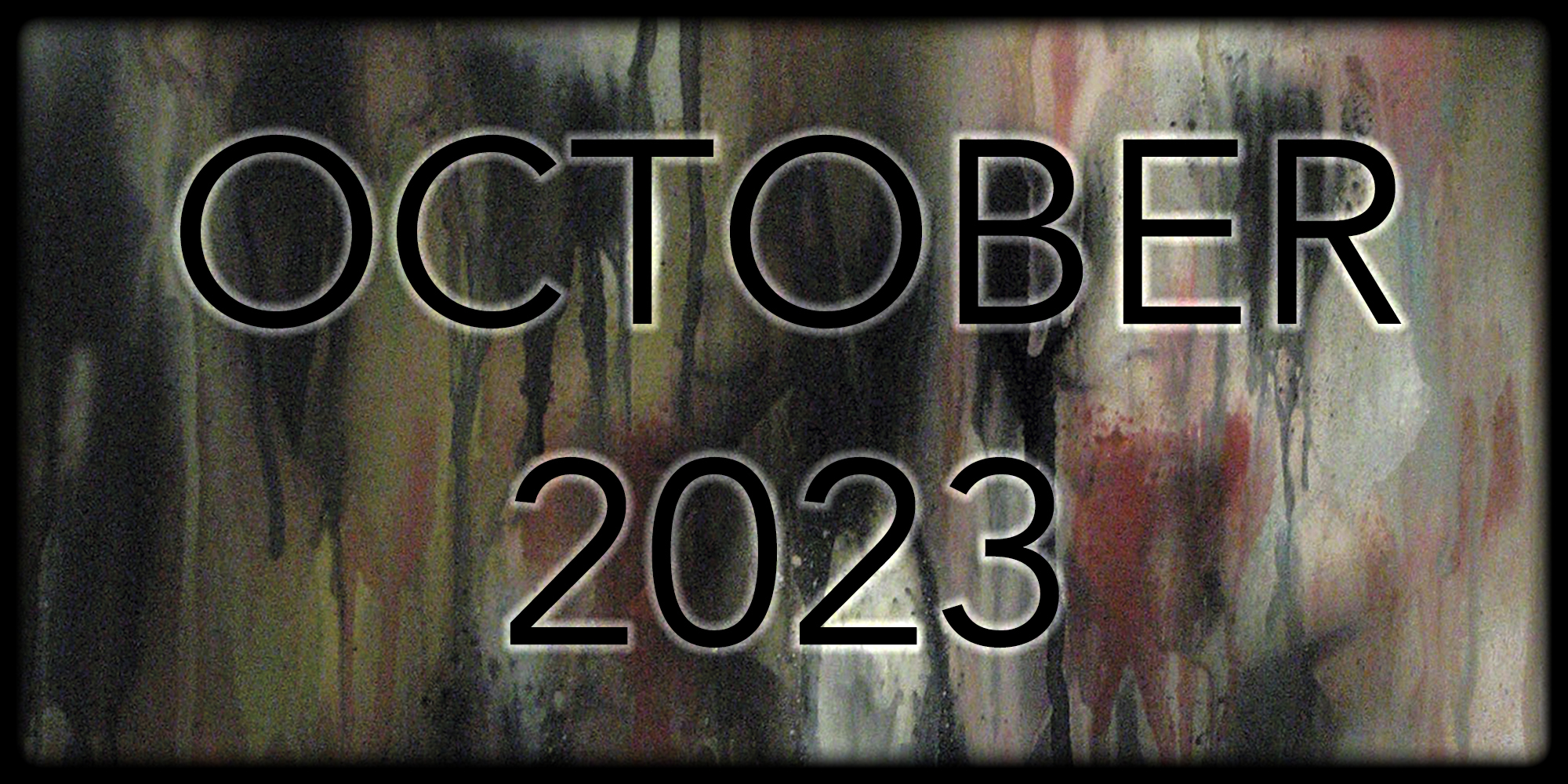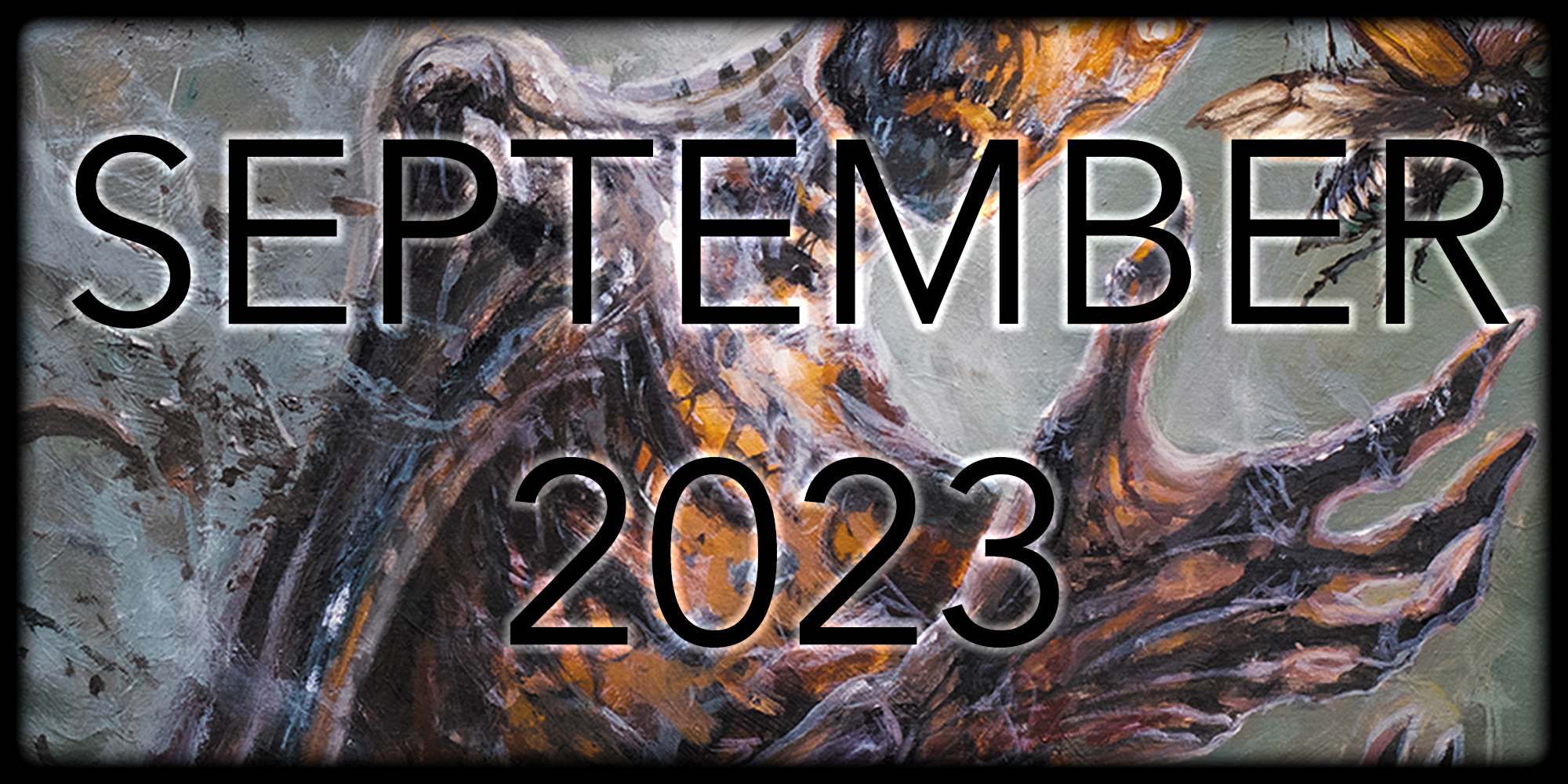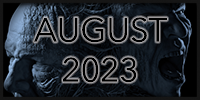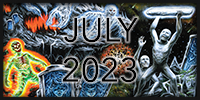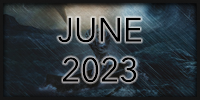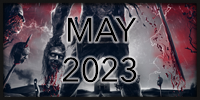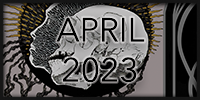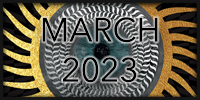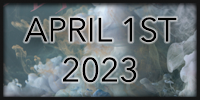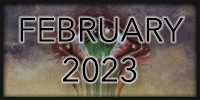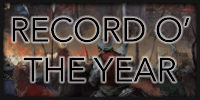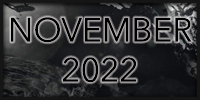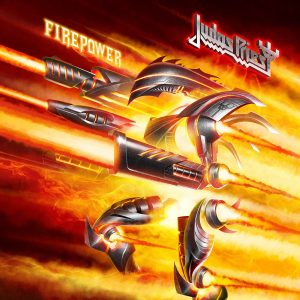 On March 9th, Judas Priest will release their 18th album, Firepower. This makes it the ideal time to take a long wistful look back over their historic catalog and rank their albums from worst to first according to the esteemed tastes of me, Lord Protector Steel. Along with Black Sabbath, Priest was my gateway band into metaldom and they were my favorite act for a goodly portion of my teen years. Coming aboard with their Screaming for Vengeance album, as their golden era was nearly an end. I followed them through the dizzying highs and crushing lows that made up their late career years, and I’m still lurking around the periphery though I’m nearing 50 years of age (that’s 500 in Viking gorilla years). History with a band is one thing, a band’s history is quite another, so let us dig through the dusty decades of metal together, shall we?
On March 9th, Judas Priest will release their 18th album, Firepower. This makes it the ideal time to take a long wistful look back over their historic catalog and rank their albums from worst to first according to the esteemed tastes of me, Lord Protector Steel. Along with Black Sabbath, Priest was my gateway band into metaldom and they were my favorite act for a goodly portion of my teen years. Coming aboard with their Screaming for Vengeance album, as their golden era was nearly an end. I followed them through the dizzying highs and crushing lows that made up their late career years, and I’m still lurking around the periphery though I’m nearing 50 years of age (that’s 500 in Viking gorilla years). History with a band is one thing, a band’s history is quite another, so let us dig through the dusty decades of metal together, shall we?
Well, we’ve covered the worst, and the less worse, now we’re getting to the good stuff! This is where the Jimmies really get rustled and outrage becomes the new black, so hold on tight and prepare to be offended, abraded and disillusioned.
#9. Sin After Sin (1977) – And…the Jimmies are officially rustled. I know some will see this classic sitting at #9 and lose their damn minds, but the truth is, this is a strange album with some killer moments and some real head-scratchers too. It gets lumped in with the rarefied segment of the early Priest catalog along with Sad Wings of Destiny and Stained Class, but it’s a more thin, threadbare release than either of those. Of course, it opens on a phenomenally strong note with “Sinner,” one of the all time greats of the Priest canon and a mountain-sized tune, with all the elements of what would become the modern Priest sound crystallizing into a massive metal anthem. This is followed by their famous metallizing of Joan Baez’ folk standard “Diamonds and Rust,” which became so well-known as a Priest cut, many have no clue it’s a cover at all (I didn’t for many years).
It’s after this stellar one-two punch that Sin After Sin wanders into shaky territory. “Starbreaker” is a nice song, but hardly in the upper range of the band’s material, and “Last Rose of Summer” is a smaltzy, 60s hippie rock ballad that I like but never loved. The weirdest part is the combination of “Let Us Prey/Call for the Priest” and “Raw Deal,” both of which are rougher, dirtier songs than the rest of the album, and they sound jarring compared to the more polished numbers, being better suited for the band’s follow-up, Stained Class. Neither is a bad song, but they feel a bit pedestrian compared to the album’s high points and neither ever became a beloved part of the Priest discography for me.
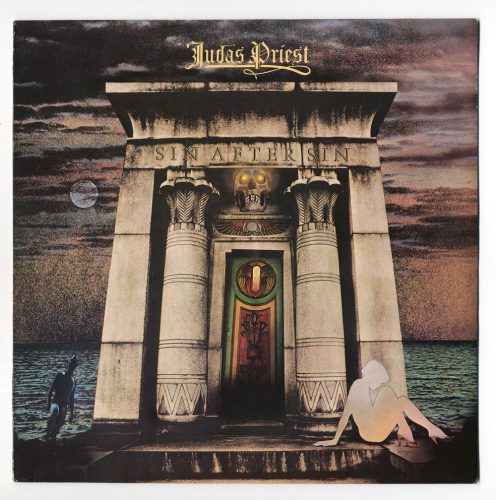
Things improve drastically for the album’s final act, with the emotionally crippling ballad “Here Comes the Tears” where Rob sells heartbreak by the truckload, sounding like he needs a big hug and some Prozac. The album ends in epic fashion with the mighty “Dissident Aggressor.” Once an obscure deep cut cherished by the Priest faithful, when Slayer covered it and introduced a new generation of metal fans to its dark magic, it became a metal standard known far and wide. That ear-piercing wail in the beginning still gets me like it did when I was 15 and this is one of Rob’s best vocal moments. I always wished it was the closer to Sad Wings of Destiny, as it feels like it belongs there, but here at least it props up the least of Priest’s golden era albums.
Sin After Sin always felt like it was Priest’s attempt at a Sgt. Pepper kind of album, but it ended up a short, disjointed release with excellent book-end cuts and a middling middle. In my opinion it’s the most consistently overrated piece of the band’s catalog, but it certainly has its ardent supporters, and I’m sure they’ll be heard from en masse when they see the divisive album their beloved platter got ranked one notch behind. Flame away, sinners.
#8. Rocka Rolla (1974) – A band’s debut sometimes features the best work they will ever do, putting them in the unenviable position of chasing their own once-found potential fruitlessly (Annihilator comes to mind). Other times that first impression reveals almost nothing of what the band’s future holds. Rocka Rolla definitely falls into the latter camp, and finds a larval Judas Priest in a strange place at a strange time. Black Sabbath had released several albums, as had Led Zeppelin, and Priest were looking to chart their own trajectory in this new landscape of heavy rock. There are numerous nods to Sabbath here, as well as the bluesy rock of Zeppelin and even the weirdness of Jethro Tull. Many Priest fans disregard or dislike this album because the band they know from later works simply isn’t here yet. What is here however, is quite a fascinating, grim and dark piece of music, with elements of doom, noise-rock and even post-metal making early appearances.
The history of Rocka Rolla is a strange one. The young, untested band entered the studio with a large collection of songs they’d been honing and perfecting live, but a profoundly clueless producer convinced them to drop soon-to-be-legendary tracks like “The Ripper,” “Tyrant,” “Genocide” and protozoic version of “Victim of Changes,” then called “Whiskey Woman” from the album in the interests of accessibility. Was this a disastrous mistake? Obviously, but what we got instead is quite compelling in its own right. Opener “One for the Road” is a bluesy hard rock tune with a particularly dark edge, and it sets the tone for what is a very depressive and downbeat album. Much more unusual is the eerie doom of the short suite of songs beginning with “Winter.” It’s here the Sabbath influence is felt strongest, with Rob wailing in Ozzy-like fashion over some very Iommi-esque doom riffs. The doom march quickly descends into the distorted chaos of “Winter Retreat” where Tipton and Downing essentially try to overwhelm the listener with discordant, frenzied whammy dives and effects for several minutes. It’s an odd, messy piece of music but I’ve always loved its strange, creepy atmosphere and wildly clashing moods. It’s ugly and beautiful all at once and the way it ends with something sounding like a folksy Led Zeppelin cut is an added treat.
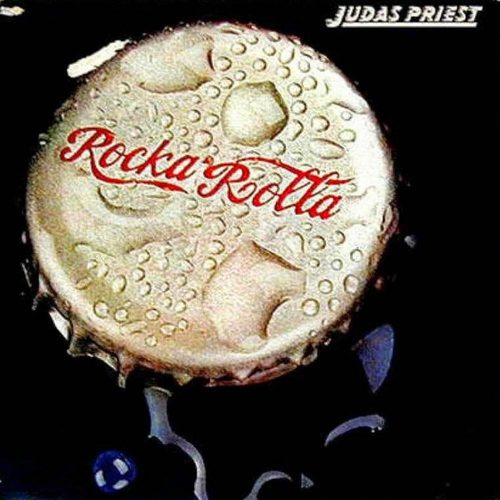
It’s the back-half of Rocka Rolla where the real gems reside. “Never Satisfied” is one of the most distinctly Priest-sounding cuts, with simple but irresistibly driving riffs laying the foundation for a powerful vocal performance by Rob, and though it still has a melancholy, vaguely doom style, it’s much more aggressive and urgent. The doom is stronger on the morose, grinding “Dying to Meet You,” which also bears some Sabbath influences and a downtuned, restrained vocal delivery. The song seems to end only to restart as a much heavier, up-tempo cut, which is actually an untitled number called “Hero Hero.” It’s a slobber-knocker of a tune too, short, savage and foretelling of the style the band would adopt on Stained Class.
The star of the show, without a doubt is the absolutely brilliant, long-form masterpiece, “Run of the Mill,” which is good enough by itself to justify the entire album’s existence. It’s something like a gothic doom ballad loaded with depressive Sabbathian riffs and crackling with gloomy theatrics. The forlorn vocals Rob fills the song with are some of his best, and when he comes in around 7:21 with a beautifully high-pitched wail, it’s simply stunning and always tugs at my heart. And let’s not forget the long-form but minimalist guitar jam where Downing/Tipton show their bluesy influences while unleashing cascades of emotion.
Rocka Rolla is not without misfires, and “Cheater” feels like an out-of-place blues tune with harmonica playing too large of a factor, and the title track is also a bit awkward and ham-handed, though I’ve long suspected Heart used it as the blueprint for their hit “Barracuda.” The closing non-song “Caviar and Meths” adds absolutely nothing of worth to the album either. All in all, Rocka Rolla is a fluctuating, uneven album that dabbles in multiple styles, seemingly without a plan, but somehow it works as a whole, even though the classic Downing/Tipton guitar harmonies are not yet there to guide the ship. The more you marinate in this album, the more it gets a hold of you, and though it’s wildly derided, I’ve come to love it dearly.
#7. Hell Bent For Leather/Killing Machine (1978) – Released in the U.K. as Killing Machine, and as Hell Bent for Leather in the states, the band’s fifth album ushered in a more commercial arena rock style and introduced the world to the studs and leather image the band (and all of metal) would come to be known for. It’s a straight-forward, rocked out album featuring several enduring classics the band would brandish live for decades, with a bluesy undercurrent that comes to the fore on certain tracks. The highs on Sin After Sin are definitely much higher, but this is a better, more cohesive album overall. It also has a considerably better production than earlier albums, which helps put the rowdy fare over more effectively.
Opener “Delivering the Goods” is a gritty, dirty rocker with loads of swagger, and “Rock Forever” is a straight-up raucous barroom ditty which sounds like ZZ Top wrote the riffs for it. The title track became a hit for the band and the point of entry for Rob’s Harley Davidson fetish shows on stage, and it highlights the new, “less is more” style Priest was working with. The band made a mint from another unlikely cover here too, robbing and re-branding Fleetwood Mac’s “The Green Manalishi” as a gleaming chrome metal standard.
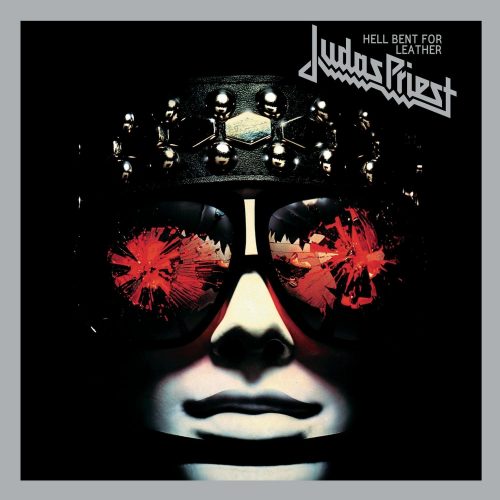
Other breakout hits include the amped up adrenaline of “Running Wild,” the semi-somber, mildly introspective, super catchy “Evening Star,” and the stadium anthem “Take on the World,” which was the band’s attempt to create their own version of Queen’s “We Will Rock You.” Then there’s the exceptional ballad “Before the Dawn,” which leverages the band’s softer side to great success and projects sincere pathos and emotion.
If there’s a weak point, it’s the overly sexualized “Burnin’ Up,” where Rob gets a bit TMI with his lyrics as the band’s blues influence is let loose to run amok. It’s a decent song, but it feels a bit silly and over-the-top in all the wrongs ways and my brain involuntarily replaces Rob’s vocals with those of either Gene Simmons or Paul Stanley.
Hell Bent For Leather is the album where Priest hit on the formula they would ride to fame and glory for decades to come: Simple, direct songs with hooks and a larger-than-life anthemic vibe, tailor-made for a live setting. That formula would be perfected on later albums, but this is where their modern sound was born, and it’s a definitively fun, dirty, hard rocker loaded with classics that would endure the test of time.
#6. Screaming for Vengeance (1982) – Coming off the strange rock sojourn of Point of Entry, Judas Priest felt a need to reassert themselves as a metal band, and boy did they with Screaming for Vengeance. Taking a great deal of time to carefully craft most the material for the album, the band adopted a mantra of “everything louder than everything else,” resulting in a modern metal classic with balls, badassey and bombast. Opening intro “Hellion” sets a dramatic tone before giving way to power anthem “Electric Eye,” where the band showcases their slick, powerful new sound in all its metallic glory. It’s an instantly accessible cut with tons of attitude, energy and those trademark Downing/Tipton guitar heroics blasting away like a battleship.
And it’s off to the races from there, with high-energy cuts like “Riding the Wind” and “Bloodstone” attacking and pillaging. It’s not until “(Take These) Chains” that the band takes their foot off the accelerator for a brooding, simmering power-ballad with a mega-catchy chorus. The title track is the heaviest thing the band had penned up to that point, approaching speed metal levels of ferocity, and Rob lets it all hang out vocally, screaming and screeching like a man possessed. Then’s there’s “You’ve Got Another Thing Comin'” which would go on to be their greatest hit, despite the fact it was a last-minute addition to this otherwise meticulously sculpted opus, slapped together in the studio to meet runtime requirements.
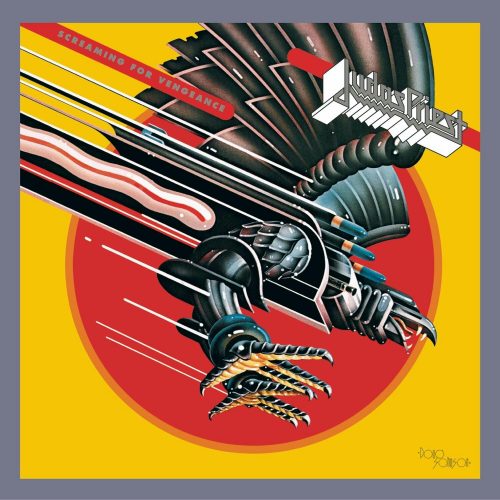
Screaming winds out with 2 excellent deep cuts – the gloomy “Fever,” which is the type of slow-boiling song Priest excelled at in their glory days, building to a big, hooky chorus that borrows from the New Wave movement. Closer “Devil’s Child” is one of my all time favorite Priest songs – a simple, stripped-down rocker in line with the Point of Entry material, but elevated to greatness by powerhouse vocals and more hooks than a meat locker. When Rob fully cuts loose around 2:45, it’s a revelation of metal vocalizing and a high point in the band’s recorded output.
Without a weak track or suspect moment to found, Screaming for Vengeance is Priest operating at peak capacity as a writing unit, and the guitar-work from Downing and Tipton is in top form as well. There’s a reason this album was their first mega-hit, establishing them as the premier metal band of the early 80s, and as an early teen when this album dropped, I can tell you there was no getting away from this thing. “You’ve Got Another Thing Comin'” was on the radio and MTV non-stop and Priest seemed to be everywhere, all the time. This is a special album, from a special time and it never ever gets olde.
